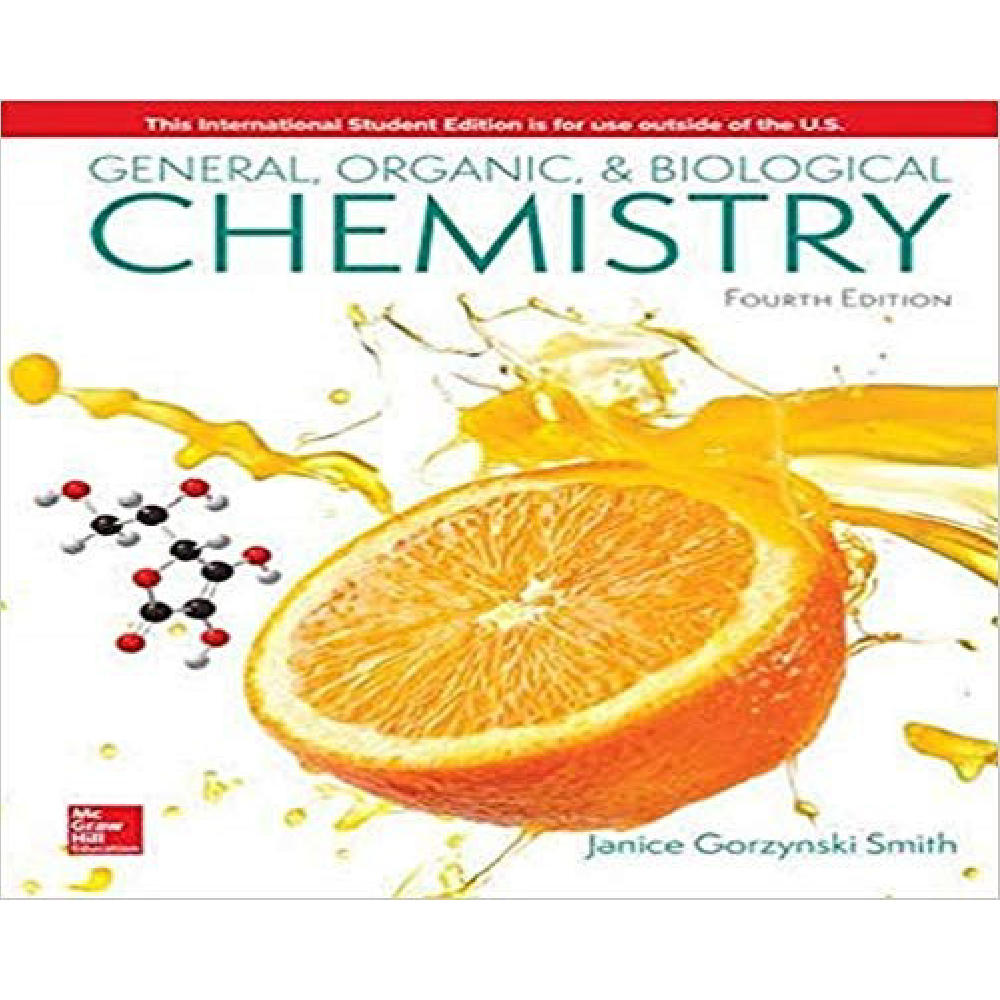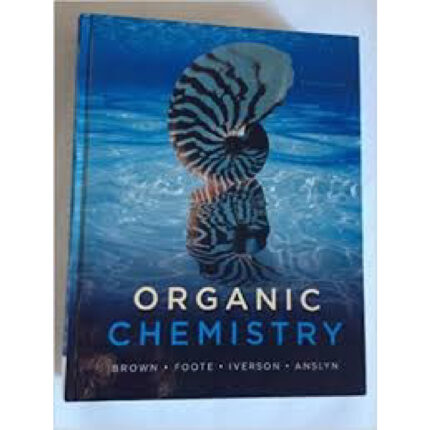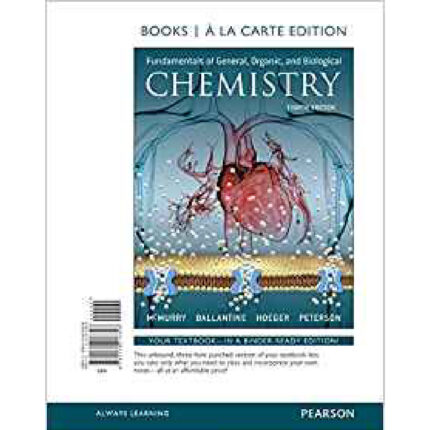Chapter 11 Introduction to Organic Molecules and Functional Groups
1) Which formula represents an organic compound?
A) NaCl
B) BaSO4
C) PH3
D) C4H10
Answer: D
Difficulty: 1 Easy
Topic: Introduction to Organic Chemistry
Bloom’s: 2. Understand
Subtopic: Characteristics of Organic Compounds
Accessibility: Keyboard Navigation
Chapter: 11
2) Which formula represents an inorganic compound?
A) CH4
B) C2H5OH
C) Br2
D) C4H10
Answer: C
Difficulty: 1 Easy
Topic: Introduction to Organic Chemistry
Bloom’s: 2. Understand
Subtopic: Characteristics of Organic Compounds
Accessibility: Keyboard Navigation
Chapter: 11
3) How many covalent bonds does carbon generally form in organic compounds?
A) 2
B) 3
C) 4
D) 8
Answer: C
Difficulty: 1 Easy
Topic: Introduction to Organic Chemistry
Bloom’s: 1. Remember
Subtopic: Characteristics of Organic Compounds
Accessibility: Keyboard Navigation
Chapter: 11
4) A carbon atom surrounded by two other atoms generally forms ________ triple bond(s)?
A) 0
B) 1
C) 2
D) 3
Answer: B
Difficulty: 1 Easy
Topic: Introduction to Organic Chemistry
Bloom’s: 2. Understand
Subtopic: Characteristics of Organic Compounds
Accessibility: Keyboard Navigation
Chapter: 11
5) A carbon atom surrounded by ________ other atom(s) generally forms one double bond?
A) 0
B) 1
C) 2
D) 3
Answer: D
Difficulty: 1 Easy
Topic: Introduction to Organic Chemistry
Bloom’s: 2. Understand
Subtopic: Characteristics of Organic Compounds
Accessibility: Keyboard Navigation
Chapter: 11
6) Which element is not a common heteroatom in organic compounds?
A) N
B) Na
C) O
D) Cl
E) F
Answer: B
Difficulty: 1 Easy
Topic: Introduction to Organic Chemistry
Bloom’s: 1. Remember
Subtopic: Characteristics of Organic Compounds
Accessibility: Keyboard Navigation
Chapter: 11
7) What is the most common multiple bond between carbon and a heteroatom?
A) A carbon–oxygen double bond (C=O)
B) A carbon–nitrogen double bond (C=N)
C) A carbon–nitrogen single bond (C–N)
D) A carbon–sulfur double bond (C=S)
Answer: A
Difficulty: 1 Easy
Topic: Introduction to Organic Chemistry
Bloom’s: 2. Understand
Subtopic: Characteristics of Organic Compounds
Accessibility: Keyboard Navigation
Chapter: 11
8) According to the common bonding patters for atoms in organic compounds, oxygen atoms typically form ________ bond(s).
A) 4
B) 3
C) 2
D) 1
Answer: C
Difficulty: 1 Easy
Topic: Introduction to Organic Chemistry
Bloom’s: 1. Remember
Subtopic: Characteristics of Organic Compounds
Accessibility: Keyboard Navigation
Chapter: 11
9) According to the common bonding patters for atoms, halogen atoms typically have ________ lone pairs of electrons when they are bonded in organic compounds.
A) 4
B) 3
C) 2
D) 1
Answer: B
Difficulty: 1 Easy
Topic: Introduction to Organic Chemistry
Bloom’s: 1. Remember
Subtopic: Characteristics of Organic Compounds
Accessibility: Keyboard Navigation
Chapter: 11
16) What is the bond angle associated with a tetrahedral shape?
A) 109.5º
B) 180º
C) 120º
D) 90º
E) 60º
Answer: A
Difficulty: 1 Easy
Topic: Introduction to Organic Chemistry
Bloom’s: 1. Remember
Subtopic: Representing Organic Molecules (Structural Formulas)
Accessibility: Keyboard Navigation
Chapter: 11













Reviews
There are no reviews yet.